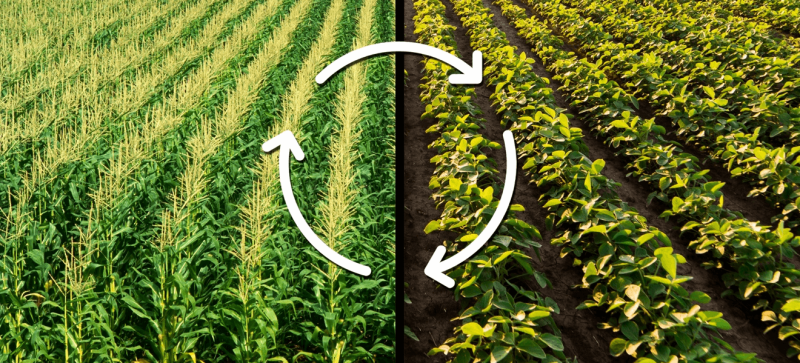Farmers have a long history of steadily increasing crop yields through technological innovation and improvements in management practices. However, as climate change makes weather more extreme and variable than ever before, productivity progress will likely stall by 2030 — even if the U.S. maintains past rates of R&D investment and innovation. Adaptation efforts must begin now to protect food supplies and farmer livelihoods.
Option 1: Reworking crop breeding practices
Recent technological strides have enabled scientists to rework plant characteristics at the genome level through CRISPR editing and genomics-enabled hybrids. For example, desired traits like drought tolerance found in ancient wheat varieties from the Middle East and Africa have been incorporated into new wheat hybrids and are currently deployed on over 10,000 acres of Kansas winter wheat, projected to grow to 100,000 acres by 2025.
Option 2: Improving soil health
Soil health is critical for building resilience to climate change and can be improved through a range of soil health practices, namely the planting of cover crops and the reduction or elimination of tillage. In times of water stress, like flooding or drought, fields with healthy soils can retain and drain water with minimized impact to crop yields.
Option 3: Extended crop rotations
Crop rotation is the practice of growing different crops in succession on the same land. Extended crop rotations contain more distinct crop types than the average crop rotation. An example of this would be to include more wheat in the standard corn-soybean crop rotation. Expanding the number of crops in crop rotations can help break cycles of pests and disease, reducing pesticide costs and improving yield.































